 W
WThe Republic of South Africa is a parliamentary republic with three-tier system of government and an independent judiciary, operating in a parliamentary system. Legislative authority is held by the Parliament of South Africa.
 W
W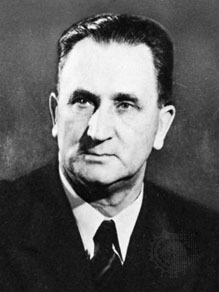 W
W W
WNelson Mandela took the oath as President of South Africa on 10 May 1994 and announced a Government of National Unity on 11 May 1994. The cabinet included members of Mandela's African National Congress, National Party and Inkatha Freedom Party, as it was required under the terms of the Caluse 88 of the Interim Constitution of South Africa that all parties winning more than 20 seats in National Assembly be given representation in the cabinet.
 W
WThe Cabinet of South Africa is the most senior level of the executive branch of the Government of South Africa. It is made up of the President, the Deputy President, and the Ministers.
 W
WThe Constitutional Court of South Africa is a supreme constitutional court established by the Constitution of South Africa, and is the apex court in the South African judicial system, with general jurisdiction.
 W
WEx Unitate Vires is a Latin phrase formerly used as the national motto of South Africa. It was originally translated as "Union is Strength" but was later revised in 1961 to mean "Unity is Strength". Its Dutch version is "Eendracht maakt macht", itself a non-literal translation of "in concordia res parvae crescunt", originally the motto of the Dutch Republic. That translation, along with its French counterpart - "L'Union Fait la Force" - is also the current motto of Belgium. It was adopted in 1910 as the national motto but was replaced in 2000.
 W
WFollowing the assassination of Prime Minister Dr. Hendrik Verwoerd in parliament on 6 September 1966, Adv. B.J. Vorster became the next Prime Minister of South Africa. He appointed members of the National Party to the following positions in his first Cabinet:
 W
WOn 15 February 2018, Cyril Ramaphosa was inaugurated as the President of the Republic of South Africa to serve out the remainder of Jacob Zuma's term in office following Zuma's resignation the previous day. Shortly after, on 26 February 2018, he announced his new cabinet. The President announced a cabinet reshuffle on 22 November 2018, following the death of Minister Edna Molewa and the resignation of Malusi Gigaba. There were a total of 33 ministerial portfolios in the cabinet.
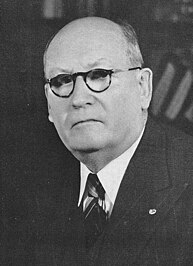 W
WThe National Party under D.F. Malan was elected by a majority of seats, but a minority of votes, in the 1948 South African general election.
 W
W W
WThe First Cabinet of J.B.M. Hertzog was the executive power in South Africa from June 1924 to June 1929. It was also known as the pact government, due to the inclusion of at least two members of the Labour Party in a coalition.
 W
WFollowing his election as president, Jacob Zuma announced his first Cabinet on 10 May 2009. There were a total of 34 ministerial portfolios in the cabinet.
 W
WGen. Jan Smuts became Prime Minister, after Louis Botha's death in September 1919. In the general election of 1920, with 134 seats elected to the lower house, the South African Party led by Jan Smuts was ahead by three seats against the National Party. Both parties then found themselves forced to form alliances with third parties to form the new government. The South African Party was quick to form an alliance with the pro-British Unionist Party and Jan Smuts was reappointed prime minister. Shortly after in the same year, the Unionists agreed to join the South African Party and early general elections were held in February 1921.
 W
W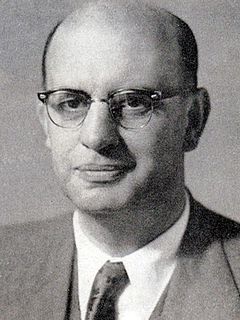 W
WWhen P.W. Botha first became Prime Minister of South Africa in 1981, he appointed members of the National Party to positions in his first Cabinet.
 W
W W
W W
WThis is a list of the heads of state of South Africa from the foundation of the Union of South Africa in 1910 to the present day.
 W
WMahlamba Ndlopfu is the official residence of the President of the Republic of South Africa. The head of government has made it their home since 1940 and it is located in the Bryntirion Estate in Pretoria.
 W
WFrom 1910 to 1961 the Union of South Africa was a self-governing country that shared a monarch with the United Kingdom, and other Dominions of the British Empire. The monarch's constitutional roles were mostly delegated to the Governor-General of the Union of South Africa.
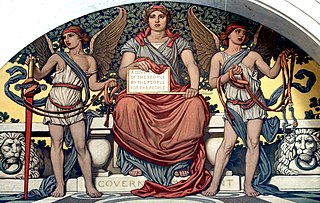 W
WThe National Debt of South Africa is the total quantity of money borrowed by the Government of South Africa at any time through the issue of securities by the South African Treasury and other government agencies.
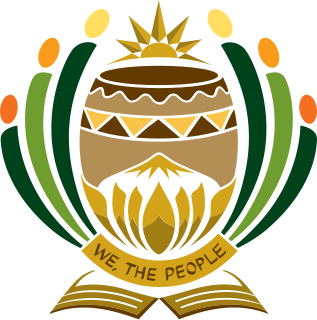 W
WThe Parliament of South Africa is South Africa's legislature; under the present Constitution of South Africa, the bicameral Parliament comprises a National Assembly and a National Council of Provinces. The current twenty-seventh Parliament was first convened on 22 May 2019.
 W
WThe Parliament of the Cape of Good Hope functioned as the legislature of the Cape Colony, from its founding in 1853, until the creation of the Union of South Africa in 1910, when it was dissolved and the Parliament of South Africa was established. It consisted of the House of Assembly and the legislative council.
 W
WThe prime minister of South Africa was the head of government in South Africa between 1910 and 1984.
 W
WThe nine provinces of South Africa are governed by provincial governments which form the second layer of government, between the national government and the municipalities. The provincial governments are established, and their structure defined, by Chapter Six of the Constitution of South Africa.
 W
WThe Public Protector in South Africa is one of six independent state institutions set up by the country's Constitution to support and defend democracy.
 W
W W
WThe Second Cabinet of Cyril Ramaphosa was formed on 29 May 2019 after President Ramaphosa was inaugurated for his first full-term as President of South Africa following the African National Congress's victory in the 2019 South African general election. The cabinet was slightly reduced from 36 portfolios to only 28 portfolios due to the amalgamation of several departments. The cabinet is the third cabinet in Africa to be made completely gender-equal in its composition and the first gender-equal cabinet in South African history.
 W
W W
W W
W W
WOn 24 May 2014, Jacob Zuma was inaugurated as the President of the Republic of South Africa for his second term in office. Shortly after, on 25 May 2014, he announced his new cabinet. While some ministers from the previous cabinet retained their posts, most of the cabinet was made up of either new appointments or previous cabinet ministers shifted to new portfolios. There were a total of 35 ministerial portfolios in the cabinet. Zuma subsequently reshuffled the cabinet on several occasions during his second term in office, including a major reshuffle on 30 March 2017.
 W
W W
W W
WThe South African smart identity card – known as a Smart ID Card – replaces the old green bar-coded identity book. Both are identity documents that serve as proof of a person's identity. This proof includes a person's photograph, their full name, their date of birth, their place of birth, and their unique identity number. The identity card securely stores the biometrics information of the individual. The card also has space to securely store additional info, such as evidence of votes cast in local and national elections, as a means to prevent voter fraud.
 W
WThe National Lottery is operated by ITHUBA Holdings, to whom the licence was granted in 2015. The lottery is regulated by the National Lottery Commission, and was established in 2000.
 W
WTaxation may involve payments to a minimum of two different levels of government: central government through SARS or to local government. Prior to 2001 the South African tax system was "source-based", wherein income is taxed in the country where it originates. Since January 2001, the tax system was changed to "residence-based" wherein taxpayers residing in South Africa are taxed on their income irrespective of its source. Non residents are only subject to domestic taxes.
 W
W W
WThe 7th Cabinet of the Union of South Africa, the 3rd formed by General J. B. M. Hertzog, was in power from 17 May 1933 to 18 May 1938.
 W
W